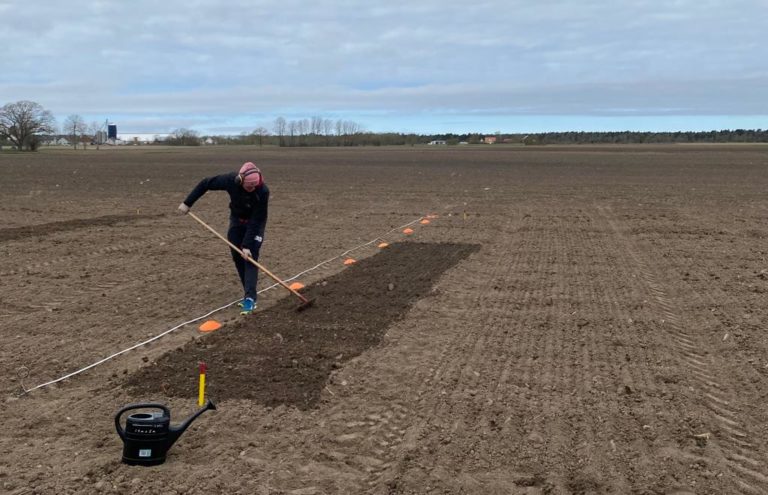
We have recently published a paper in Resources, Conservation and Recycling which looks into the possibility of using Poly-L-Lactic Acid (PLLA) biopolymer to capsulate and safely dose chemicals to human urine.
Alkaline dehydration of urine for recycling of plant essential nutrients requires fresh urine to be stabilized with alkali or metal hydroxides. Improper handling and exposure to these chemicals may cause skin or breathing irritation. Therefore, if these chemicals are wrapped inside capsules made of a biopolymer, human interaction with these chemicals can be minimized and chemicals could be passively dosed to urine. These capsules can also be used for dosing of oxidants and peroxides for the removal of micropollutants and pharmaceuticals from urine.
In the study, degradation of PLLA films in Ca(OH)2 dosed fresh urine was evaluated with temperature, thickness and pH being the variables. The results of this investigation provided some really interesting results in terms of physiochemical changes in the urine and the physical, chemical and molecular changes of the films. If you are interested to find out more and read the full article, click here: https://www.sciencedirect.com/science/article/pii/S0921344923003361 .



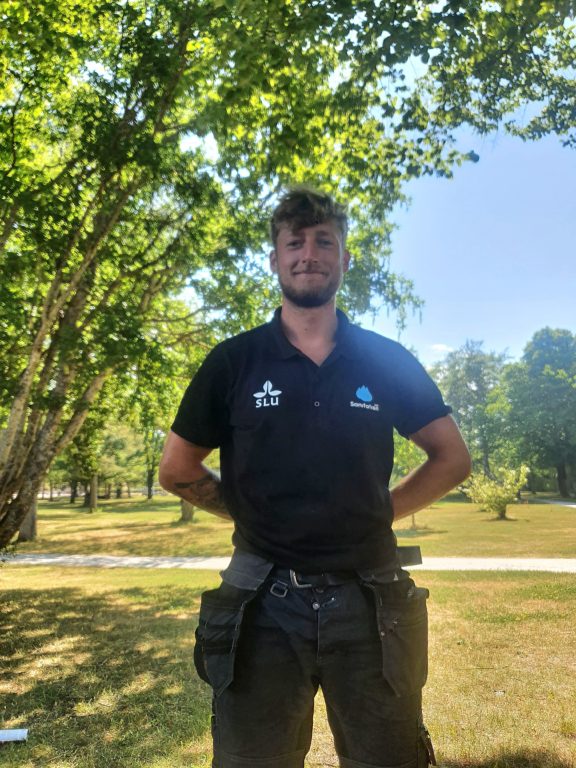
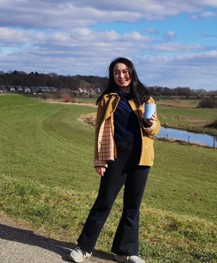 Ya Gao comes from China and previously received her Master’s degree in Environmental Technology at Wageningen University and Research in the Netherlands and her Bachelor’s degree in Environmental Sciences at Tongji University in China. After the graduation from her previous study, Ya Gao worked in a green building sustainable consultancy company in Shanghai as a project engineer for one and a half years. In May 2023, Ya Gao has joined the Kretsloppsteknik group as a PhD student working for the EU project
Ya Gao comes from China and previously received her Master’s degree in Environmental Technology at Wageningen University and Research in the Netherlands and her Bachelor’s degree in Environmental Sciences at Tongji University in China. After the graduation from her previous study, Ya Gao worked in a green building sustainable consultancy company in Shanghai as a project engineer for one and a half years. In May 2023, Ya Gao has joined the Kretsloppsteknik group as a PhD student working for the EU project 
 In the latest article published in Science of the Total Environment (STOTEN), Prithvi Simha and
In the latest article published in Science of the Total Environment (STOTEN), Prithvi Simha and 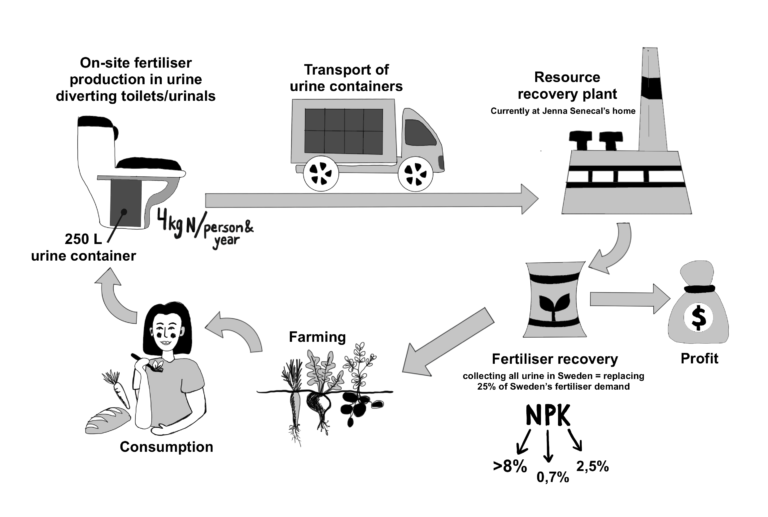 Hi, my name’s Nicola Parfitt and I recently spent a wonderful week on Gotland interviewing farmers about their perceptions of human urine as a fertilizer. I did this as part of my master thesis in Environmental Studies and Sustainability Science at Lund University, which I can’t believe is already coming to an end in June.
Hi, my name’s Nicola Parfitt and I recently spent a wonderful week on Gotland interviewing farmers about their perceptions of human urine as a fertilizer. I did this as part of my master thesis in Environmental Studies and Sustainability Science at Lund University, which I can’t believe is already coming to an end in June.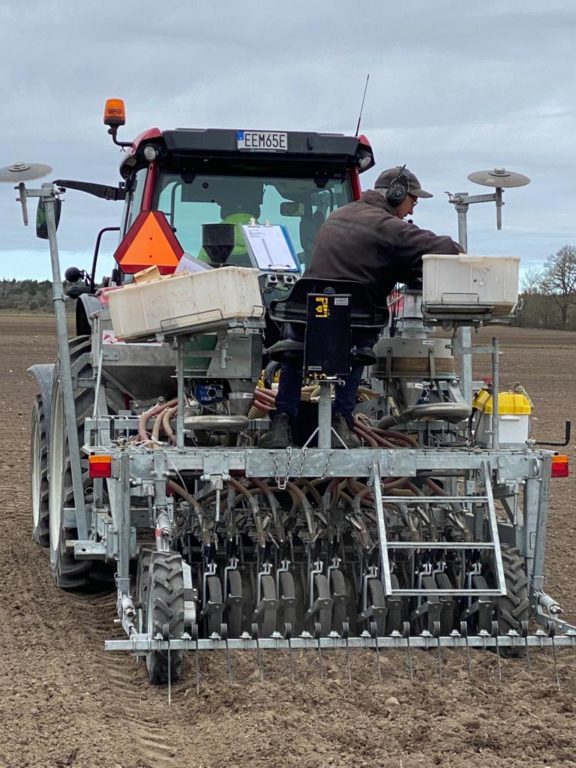 About a month ago now, Sanitation360 finally started this year’s field trials where barley is being grown and fertilized with human urine. In addition, this is an extra special year because we’re not only trialing our dry-fertilizer but liquid urine too (see top photo)! It’s going to be really interesting to compare the barley yields between these two different forms of human urine.
About a month ago now, Sanitation360 finally started this year’s field trials where barley is being grown and fertilized with human urine. In addition, this is an extra special year because we’re not only trialing our dry-fertilizer but liquid urine too (see top photo)! It’s going to be really interesting to compare the barley yields between these two different forms of human urine.